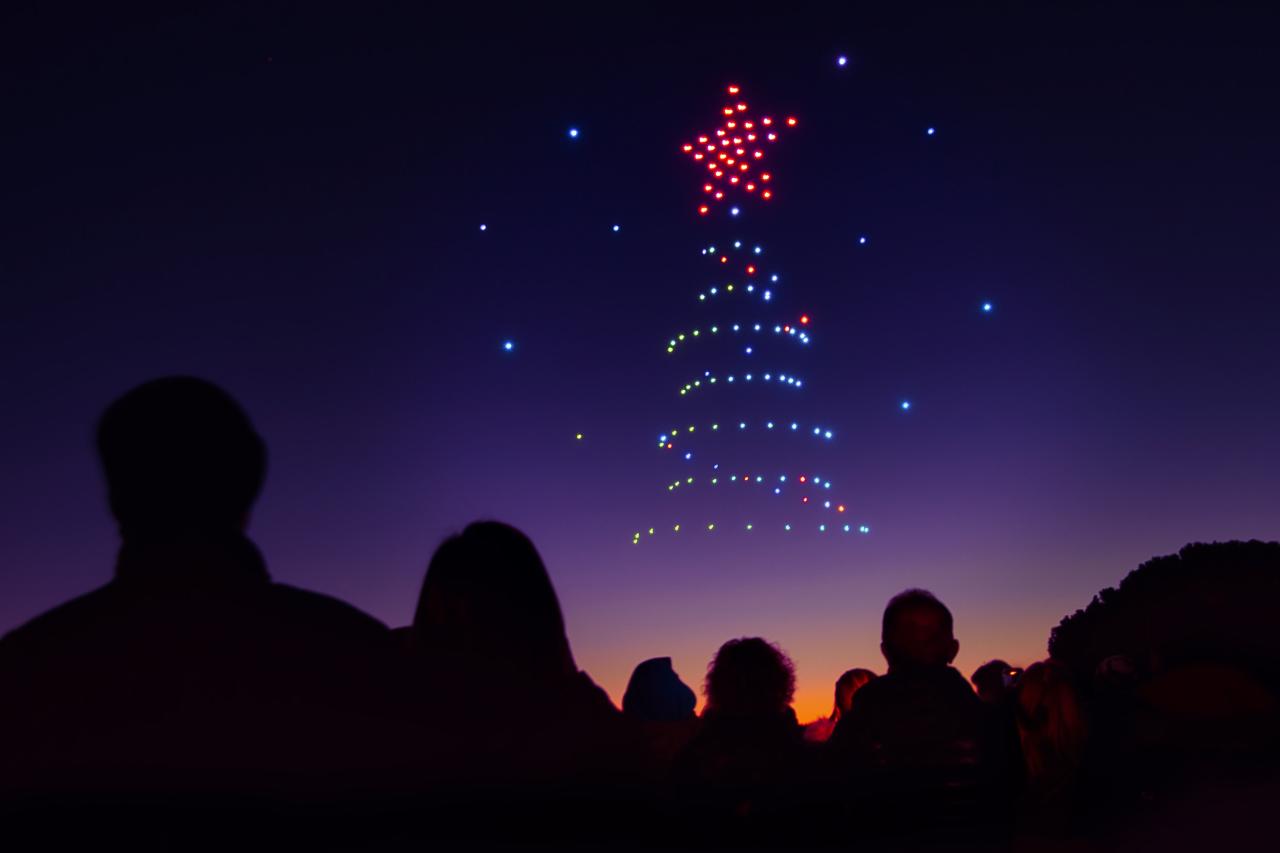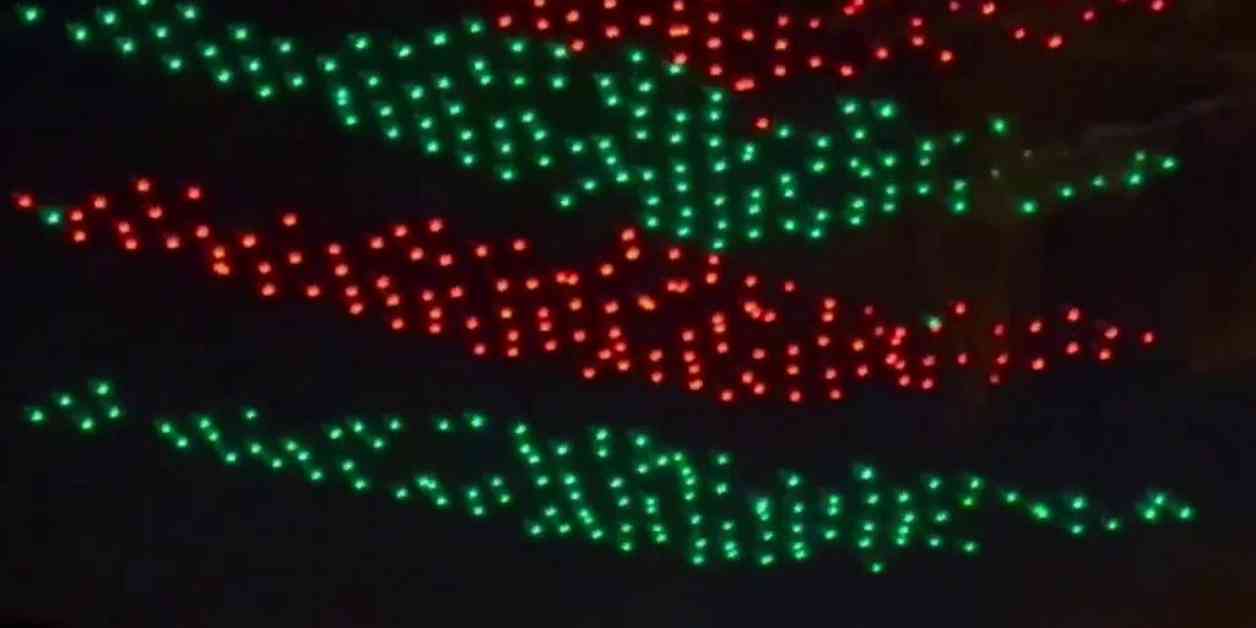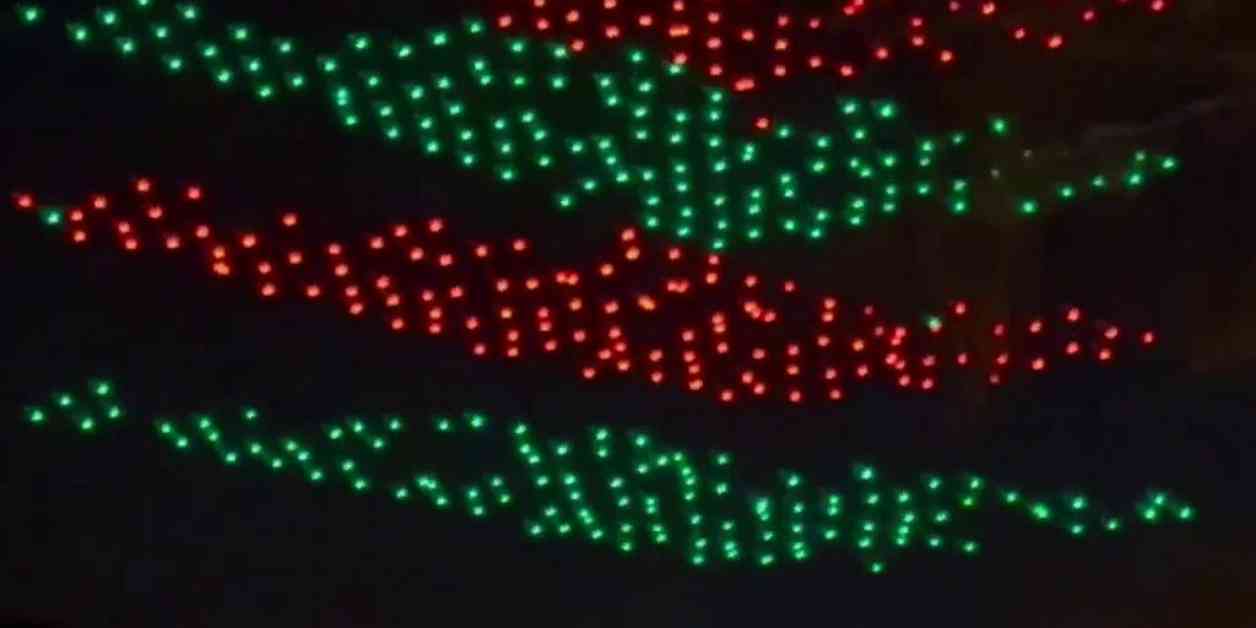Florida drone accidents are increasingly prevalent, demanding a comprehensive understanding of their causes, consequences, and preventative measures. This examination delves into the various types of drone incidents occurring within the state, exploring the regulatory landscape, safety protocols, and environmental impacts. We will also analyze the legal ramifications, insurance implications, and the role of media coverage in shaping public perception.
The multifaceted nature of Florida drone accidents necessitates a detailed analysis across several key areas. From understanding the different categories of accidents, such as collisions, malfunctions, and unauthorized flights, to navigating the complex legal and regulatory frameworks, this exploration aims to provide a holistic overview. We will examine best practices for safe drone operation, the potential environmental consequences of accidents, and the crucial role of insurance and liability.
Florida Drone Accidents: A Comprehensive Overview

Florida, with its diverse landscapes and booming drone industry, experiences a significant number of drone accidents annually. Understanding the types of accidents, the legal ramifications, safety measures, and environmental impacts is crucial for both drone pilots and the public. This article provides a detailed examination of these aspects, offering insights into accident prevention and responsible drone operation in the Sunshine State.
Types of Florida Drone Accidents

Drone accidents in Florida can be categorized into several types, each with its own set of contributing factors and consequences. These categories include collisions, malfunctions, and unauthorized flights. Understanding these distinctions is vital for implementing appropriate safety measures and preventing future incidents.
| Type | Cause | Location (if publicly available) | Outcome |
|---|---|---|---|
| Collision with Object | Pilot error (loss of visual line of sight, poor judgment), malfunctioning GPS, unexpected wind gusts. | Near a populated area in Miami. | Drone damaged, minor property damage. |
| Malfunction | Battery failure, motor failure, software glitch, water damage. | Over the Everglades. | Drone lost, no injuries. |
| Unauthorized Flight | Violation of airspace restrictions (near airports, restricted areas), flying beyond visual line of sight without proper authorization. | Near Orlando International Airport. | Drone seized, pilot fined. |
| Collision with Wildlife | Loss of control, unexpected wildlife encounter. | Near a protected bird sanctuary. | Drone damaged, potential harm to wildlife. |
Regulatory Landscape and Legal Ramifications, Florida drone accident
The Federal Aviation Administration (FAA) regulates drone operation nationwide, including in Florida. Understanding these regulations and their potential legal consequences is essential for responsible drone piloting. Failure to comply can result in significant penalties.
Recent news reports detail a concerning Florida drone accident, highlighting the increasing need for responsible drone operation. The incident prompted me to think about the complexities of tracking objects in the sky, which is a skill seemingly mastered by NORAD, whose norad santa tracker phone number is surprisingly well-known during the holidays. Perhaps their expertise could inform future drone safety regulations to prevent similar Florida accidents.
FAA regulations cover aspects such as registration, certification, airspace restrictions, and operational limitations. Violations can lead to fines, grounding of the drone, and even criminal charges depending on the severity and circumstances of the violation. Reporting drone accidents to the FAA is mandatory in many cases. Florida’s drone laws largely align with federal regulations, but specific state laws might also apply, particularly regarding airspace restrictions near state parks or wildlife preserves.
The process for reporting a drone accident typically involves contacting the FAA and potentially local law enforcement, depending on the circumstances of the incident. Detailed documentation of the accident, including photographs and witness statements, is crucial for the investigation.
Safety Measures and Best Practices
Preventing drone accidents requires adherence to strict safety measures and best practices. These measures encompass pre-flight checks, flight planning, and emergency procedures. A comprehensive checklist can significantly reduce the risk of accidents.
- Perform a thorough pre-flight inspection of the drone and its components.
- Plan your flight route carefully, considering potential obstacles and airspace restrictions.
- Maintain visual line of sight with the drone at all times.
- Be aware of weather conditions and avoid flying in adverse weather.
- Have a backup plan in case of equipment malfunction or loss of control.
- Familiarize yourself with local airspace regulations and restrictions.
- Fly responsibly and avoid endangering people or property.
- Register your drone with the FAA if required.
Florida’s variable weather conditions, including thunderstorms and strong winds, can significantly impact drone safety. Pilots should carefully monitor weather forecasts and avoid flying during periods of high winds, heavy rain, or thunderstorms.
Impact on the Environment and Infrastructure
Drone accidents can have significant environmental and infrastructural consequences, particularly in Florida’s sensitive ecosystems. Collisions with wildlife, for instance, can cause injury or death to protected species. Damage to power lines or other infrastructure can result in power outages and other disruptions.
| Accident Type | Location | Environmental Impact | Infrastructure Damage |
|---|---|---|---|
| Collision with Tree | Everglades National Park | Potential damage to nesting birds or other wildlife. | None |
| Malfunction over a Lake | Lake Okeechobee | Potential water pollution from drone components. | None |
| Collision with Power Line | Residential Area, Tampa | Minimal | Power outage affecting several homes. |
Insurance and Liability

Drone insurance is crucial for mitigating the financial risks associated with accidents. Various types of insurance policies offer different levels of coverage, protecting pilots from liability claims and covering the cost of repairs or replacement of the drone.
Liability implications vary depending on whether the drone is operated recreationally or commercially. Commercial pilots typically face higher liability due to the potential for greater damages and the involvement of third parties. Comprehensive insurance policies are essential for commercial drone operators to protect against significant financial losses in case of accidents.
Recent news reports on a Florida drone accident highlight the increasing concerns surrounding the safety and regulation of unmanned aerial vehicles. The incident prompts reflection on similar events globally, such as the recent kazan drone attack , which underscores the potential for misuse of drone technology. Understanding the complexities involved in both incidents is crucial for developing effective safety protocols to prevent future Florida drone accidents and similar occurrences worldwide.
Public Perception and Media Coverage

Media coverage plays a significant role in shaping public perception of drone accidents. Negative media portrayals can fuel public anxieties and lead to stricter regulations, while positive coverage can promote responsible drone use. Social media platforms amplify this effect, rapidly disseminating information and opinions about drone incidents.
For example, a hypothetical scenario: A drone malfunctions over a crowded beach in South Florida, causing minor injuries to a tourist. News outlets report the incident, highlighting the potential dangers of drones. Social media amplifies the story, with users sharing their opinions and concerns. This can lead to increased scrutiny of drone operations and calls for stricter regulations, influencing public perception negatively.
Ultimately, mitigating the risk of Florida drone accidents requires a multi-pronged approach encompassing stringent adherence to FAA regulations, proactive safety measures, responsible drone operation, and a heightened awareness of potential environmental and infrastructural impacts. By understanding the legal, practical, and ethical considerations surrounding drone usage, we can collectively strive towards safer skies and a more responsible integration of unmanned aerial vehicles into Florida’s airspace.
FAQ Resource: Florida Drone Accident
What are the most common causes of drone accidents in Florida?
Pilot error (lack of training, poor judgment), mechanical malfunctions, adverse weather conditions, and collisions with objects or other aircraft are frequently cited causes.
How do I report a drone accident in Florida?
Report incidents to the Federal Aviation Administration (FAA) and local law enforcement, depending on the severity and circumstances of the accident.
What type of insurance is recommended for drone operators in Florida?
Liability insurance is crucial to cover potential damages caused by accidents. The specific coverage needed depends on the type of drone operation (recreational or commercial).
Recent reports highlight a concerning rise in Florida drone accidents, impacting both property and safety. Understanding the causes behind these incidents is crucial for preventing future occurrences. For detailed information and statistics on this growing issue, please refer to this comprehensive report on florida drone accident which offers valuable insights into the complexities surrounding these accidents.
Ultimately, addressing the root causes of Florida drone accidents is paramount for public safety.
Are there specific airspace restrictions for drones in Florida?
Yes, Florida, like other states, has airspace restrictions near airports, military bases, and other sensitive areas. Consult FAA regulations and airspace maps before flying.
